On Thursday, June 8th, other international students of the degree program International Wine Business and I began a two-day trip to the Mosel wine region to visit 4 companies involved in the wine business, but with different visions and methods.
The first was ZGM Zimmermann-Graef & Müller Weinkellerei. This company began its activity in 1886 and is now the largest exporting company in the German wine sector. They buy all the wine from other German wineries (43%) and the rest from all around the world. Once in their possession, the wine is stabilized, bottled and sold. The target consumers are not wine connoisseurs, so they use some strategies like food pairing with products like „Pizza-Pasta-Vino“ and „The Original Steak Wine“. The packaging is divided into 20% Bag-in-Box and 80% Glass.
In the particular case of this company, I have learned a lot about marketing, and what the consumer expects from a wine, in terms of color, flavor, type of grape, etc. On these issues, we had a very interesting discussion, where we could expose our ideas and get a lot of useful information about how to do the supermarkets work and how to get good places to sell your products.
The second stop was „Weingut Staffelter Hof“, a winery with over a thousand years of history, established in 862. Their vineyards produce 75% Riesling, and the rest is divided among Müller-Thurgau, Kerner and red grapes Like Pinot Noir. They also produce Spirits, liqueurs, and venture into products like MARI, a blend of Yerba Mate and Riesling. Staffelter Hof mixes the beverage market with tourism, with a guesthouse next to the winery.
On the second day, Weingut Maximin Grünhaus was the first host. With 30 hectares, five generations and a mix of innovation and tradition, this winery offers a concept that is difficult to ignore. This family believes that the changes are positive and originality is the key to a successful product, so using techniques related to spontaneous fermentation, they can offer an unique product year by year to its customers. Another colorful detail is that they also produce their own barrels, deciding which trees are best for their products. In this visit, personally I could see that it is possible to be innovative without forgetting the tradition, and in a marketing perspective, those restaurants are a good place to catch new customers.
Finishing the trip, we travel to Luxembourg, to „Domaines Vinsmoselle“. This company is specialized in the production of ‚Crémant‘, a sparkling wine produced by the traditional method, with a very high level of technology, increasing production efficiency. During the tasting, we learned several details about the history and the current context of Luxembourg, how its economy and society.
This tour exceeds my expectations. My partners and I could see four different ways of seeing the market, production, and innovation, being the passion for wine the common factor. This chance of learning from the winemakers and the heads of the marketing departments of the wineries, and have the possibility to discuss topics in the bus with professors and students with different levels of experience, make this experience really enriching. I could also gain a lot of knowledge in my study program ‘Agricultural Engineering’ in Argentina. However the study program does not include market aspects.






